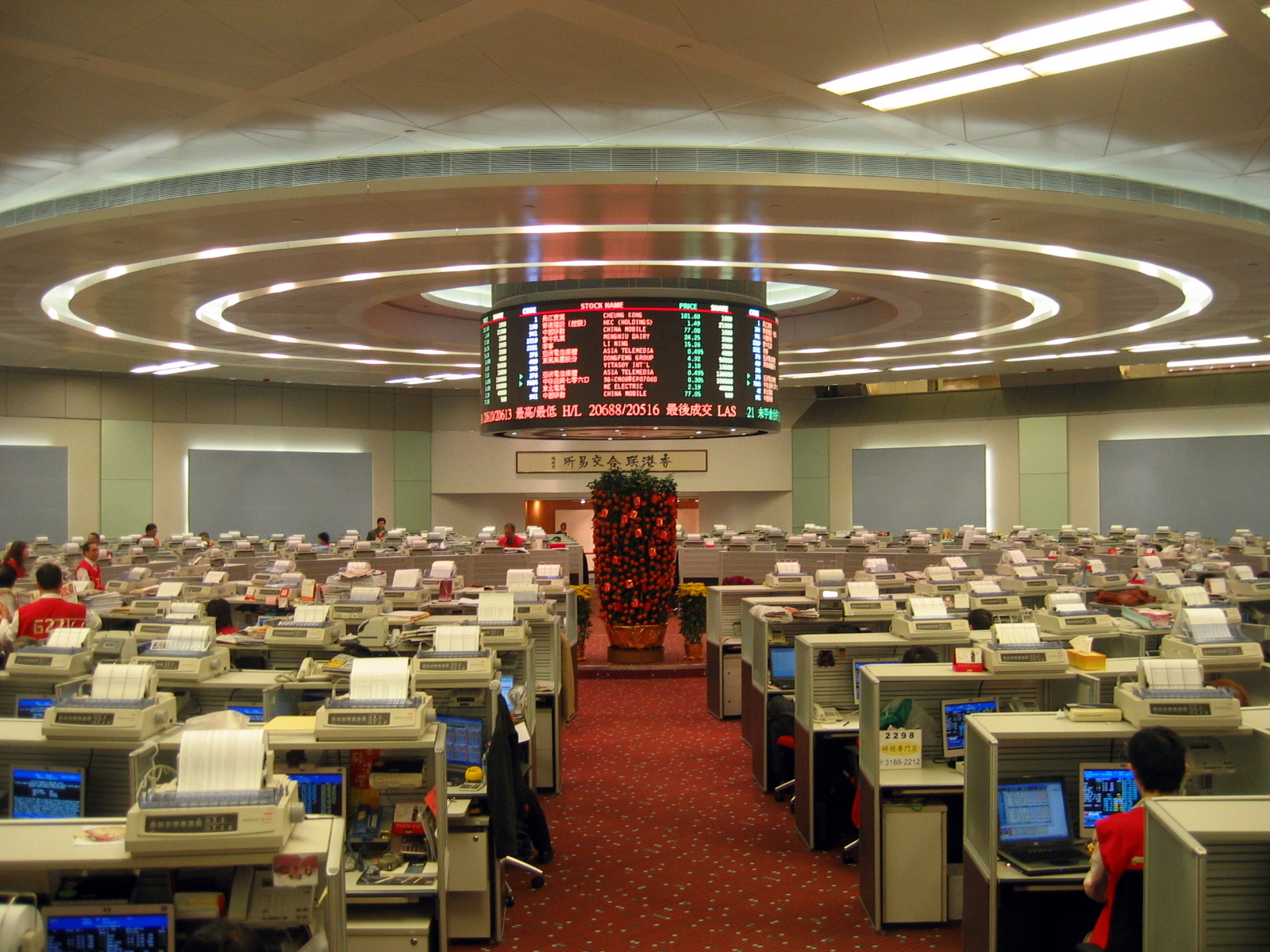WASHINGTON –The recent currency devaluation and stock market rout in China pose little threat to the longstanding inflows to international equity funds, with U.S. investors still counting on global quantitative easing to boost their fund returns, experts say.
Mutual funds invested in international equities were the only mutual fund category that saw consistent inflows in 2015. The net inflow has swelled to more than $98 billion so far this year, after gaining a lofty $27 billion over the last six weeks, according to data provided Wednesday by Investment Company Institute.
But all is not well. Coinciding with the growing interest in international funds is the tumbling Chinese economy.
The Shanghai Composite index fell again on Friday to close down at 3,507.74, concluding a loss of more than 11.5% for the week on a factory sector survey that revealed growth fears.
China’s recent episodes of market turmoil began with the stock market rout in June, when the Shanghai stock index declined 35% from a seven-year high. Adding to a series of steps by the government to halt the crash, the world’s second largest economy devaluated its currency. The currency is on the road to recovery after losing more than 3% against the dollar last week.
Emerging market funds were the first to flutter in the wake of the most recent economic turmoil in China.
Since the beginning of June, investors have swiftly pulled $2.6 billion out of emerging market exchange-traded funds, compared with a hefty $4.2 billion net inflow to international equity ETFs.
Without doubt, the heightening China market volatility has increased concerns over emerging markets. But it has not yet dampened investors’ enthusiasm for developed international markets, such as those in Europe and Japan.
“Money is still flowing internationally, but it seems to be flowing out of emerging markets and into developed markets,” said Nicholas Colas, chief market strategist at the New York brokerage firm, Convergex.
“It’s very clear that money is following quantitative easing around the world,” Colas said.
He added that that investors are still looking for the shade of U.S. quantitative easing in developed countries like Japan and the U.K., which have long been using monetary policy, such as bond purchasing by their central banks to inject capital into markets and ultimately stimulate their economies.
As for the troubled Chinese economy, experts say there are plenty of precedents for the country’s current market unrest.
“If we look at the pound, the peso and the euro – they’ve all lost between 12% and 20% as well,” said Tom Roseen, head of research services at Lipper.
The U.S. economy depends more on those currencies than the yuan, he said, so domestic investors should read less into China’s currency devaluation, unless something like a “more than 10% correction” takes place down the road, he said in a phone interview.
Thanks to mutual funds’ mostly long-term focus, investors tend to look through market upturns and downturns, “even the most severe ones,” added Sean Collins, senior director of industry and financial analysis at the Washington-based Investment Company Institute.
“In 2008 we had some outflows from stock and bond funds, but they were very modest compared to the size of the decline in the stock market,” he said. “That provides some indication as to how people could think about the currency situation in China.”
Investors’ need for immunization from rate changes made by the Federal Reserve provided another stimulus for international fund inflows, said Roseen. The analyst said more bond investors are fleeing to international stocks to avoid interest-rate risk.
Having continued to signal a short-term interest rate hike since December, the Fed presented more wide-ranging views about the economy in its July meeting, according to minutes released Wednesday. The Dow fell more than 2% on Thursday as expectations of a September rate rise dimmed.
The Fed report also sent the yield on the 10-year Treasury note hovering below 2.1% as of Friday morning, compared with its peak of 2.5% in early June.
For the month of July, both bond and domestic equity mutual funds saw their largest weekly withdrawals in 2015. Experts said investors are shifting money into international equities and cash.
“Investors are putting money back to work, but they are being very selective and they are being very internationally focused,” Roseen said.

